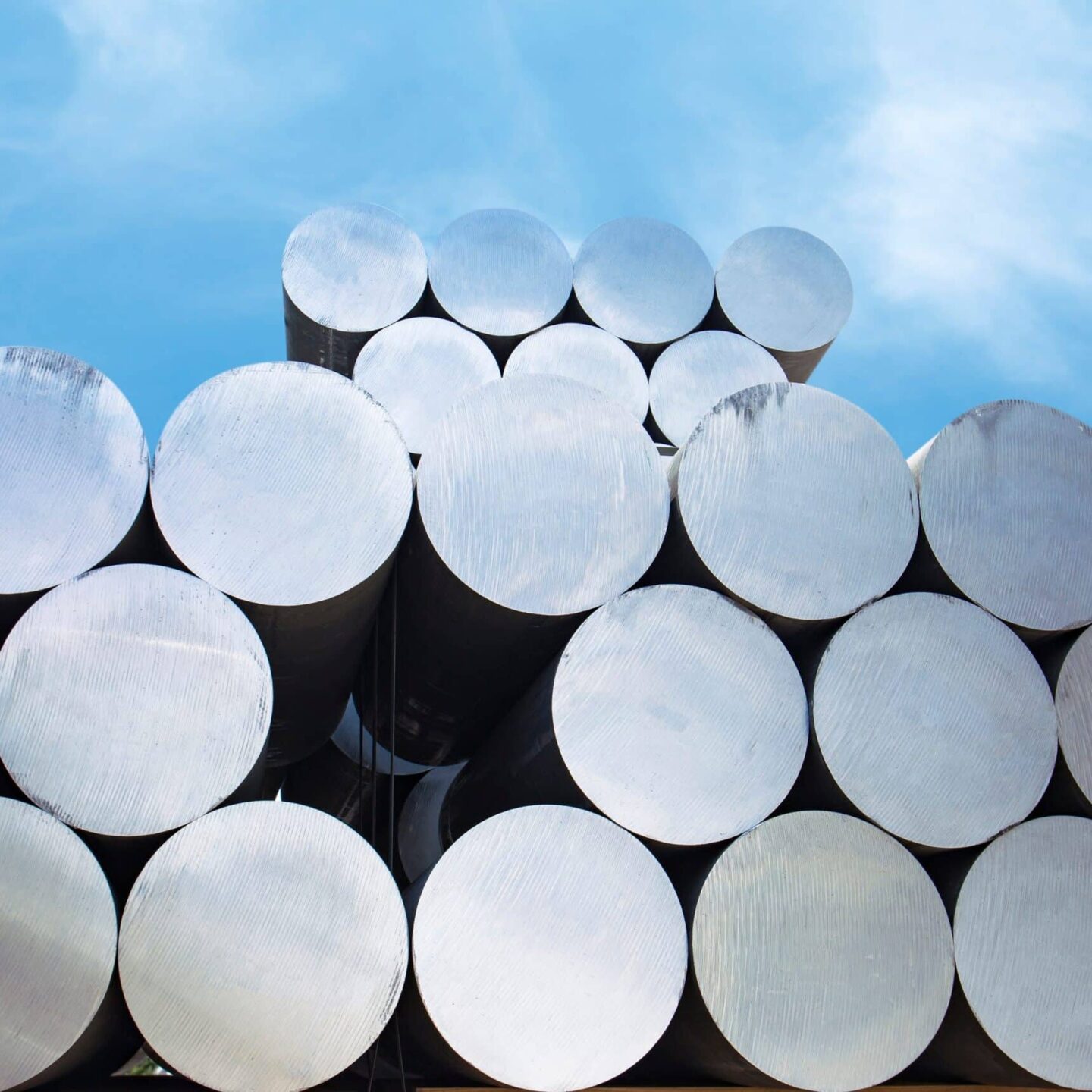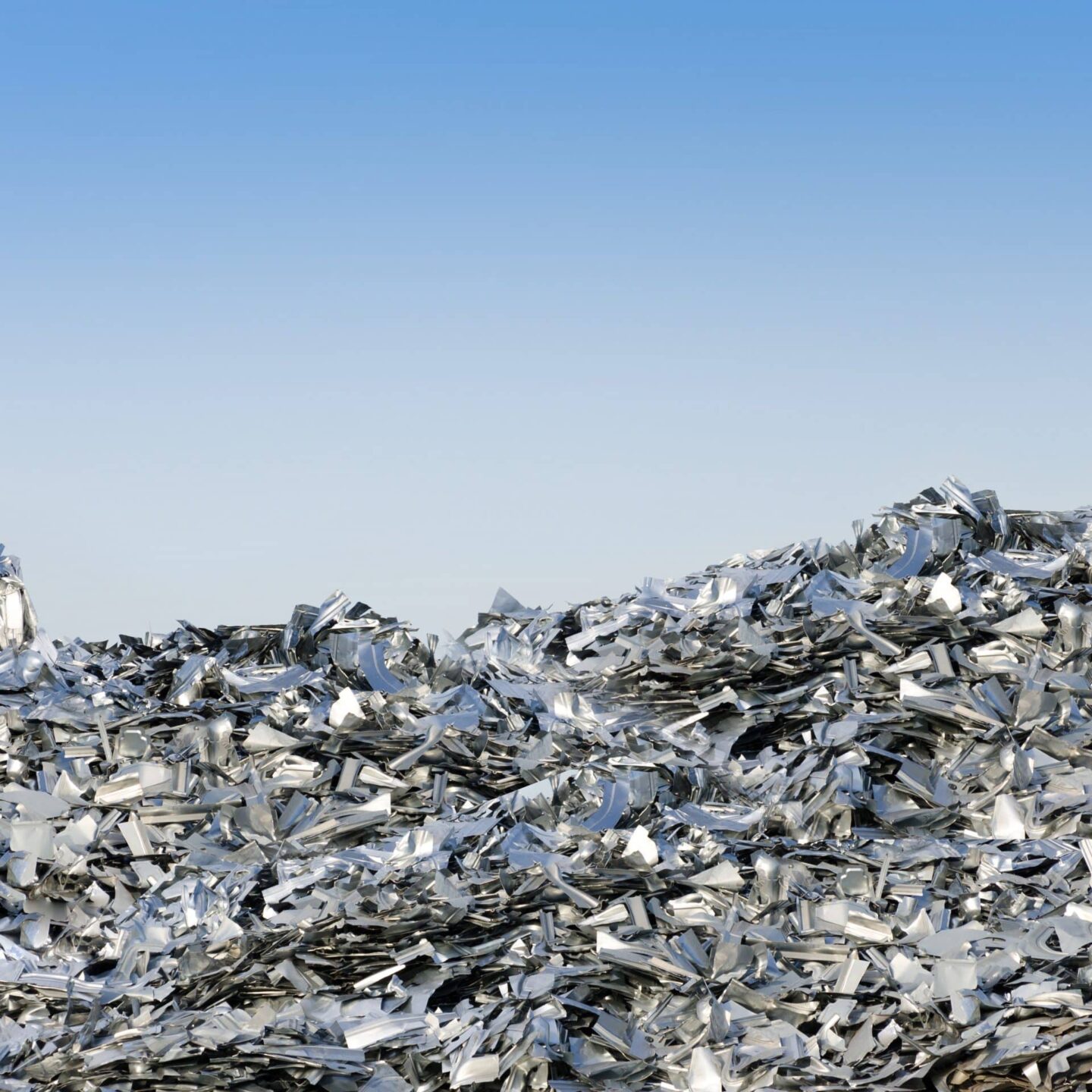The Final Report and Summary Presentation of Phase 1 of the Aquatic Fluoride Toxicity project.
This material is based on work supported by the International Aluminium Institute, Alcoa Corporation, and EHS Support. Phase 1 of the Aquatic Fluoride Toxicity project found that existing aquatic fluoride criteria is too conservative and water quality parameters, such as chloride, hardness and alkalinity, have an important role in bettering the fluoride toxicity to aquatic receptors. This study also includes an analysis of the technical and scientific basis for discharge limits.
Phase 2 and a peer-reviewed paper is currently underway. Any areas where there is a knowledge or information gap will be identified in Phase 2, and such gaps filled.
This project supports aluminium facilities in managing fluoride emissions into the aquatic environment effectively by providing a robust scientific base that can be drawn on in discussions with regulatory bodies.





